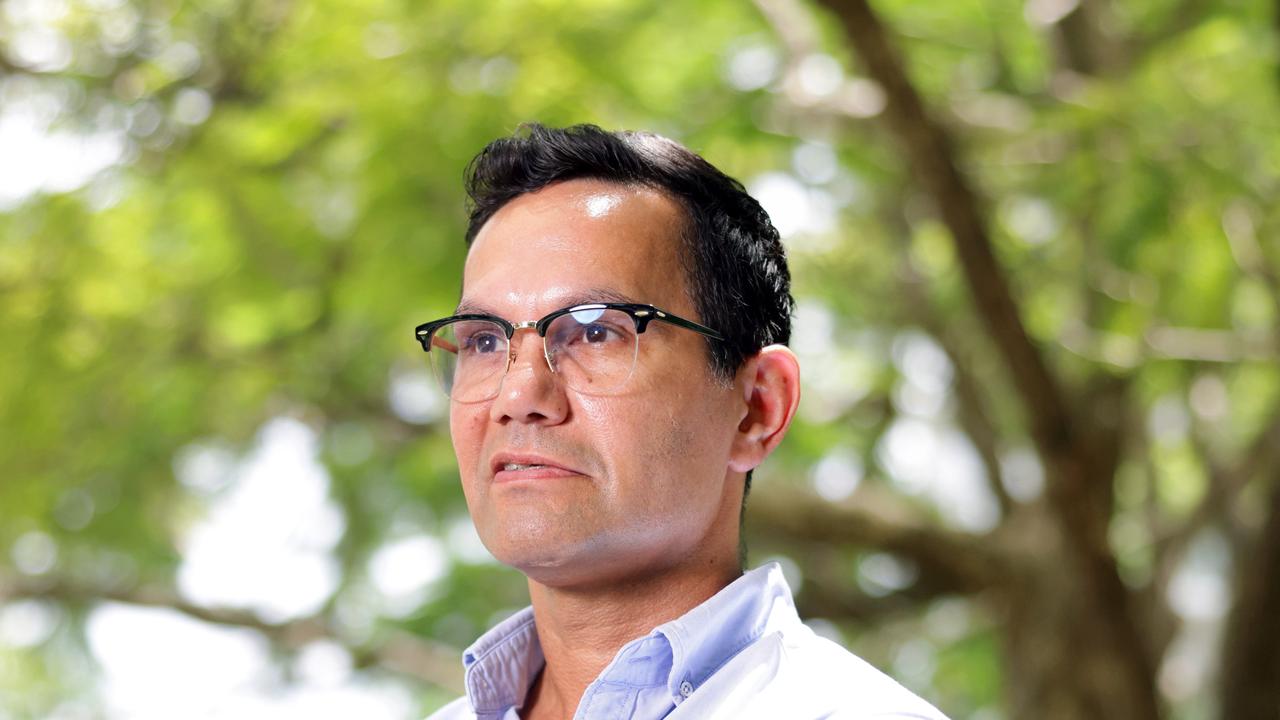Queensland schools: Private schools score windfalls under new funding model
SOME of Queensland’s major private schools will receive funding boosts of tens of millions of dollars over the next decade, under the new needs-based funding model. SEE THE BIG WINNERS
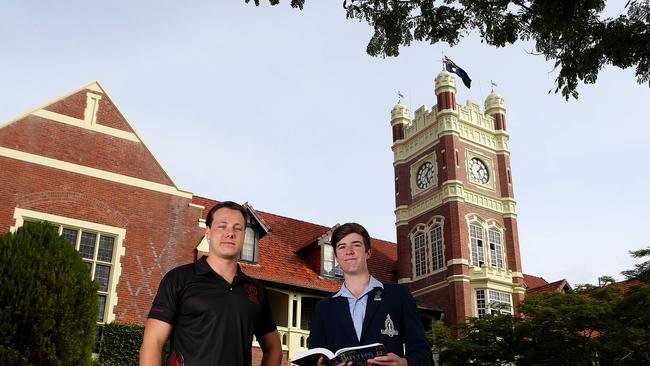
QLD News
Don't miss out on the headlines from QLD News. Followed categories will be added to My News.
SOME of Queensland’s major private schools will receive funding boosts of tens of millions of dollars over the next decade, under the new needs-based funding model.
While the fees to attend the schools are steep – some topping $20,000 a year – analysis by The Courier-Mail reveals how much more taxpayer cash these schools will receive.
One of the biggest windfalls for a private school will go to The Southport School, where fees are up to $22,036 a year.
The Southport School will receive a cumulative $23.26 million extra over the next 10 years – almost a 50 per cent increase in its annual funding – between 2017 to 2027, as the government contribution rises from $9.26 million a year to $13.61 million.
This works out at $6503 per student this year and will rise to $9615 by 2027.
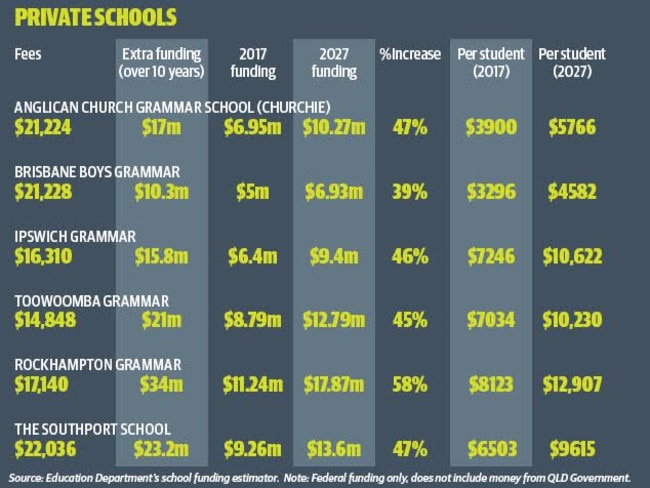
Rockhampton Grammar, where fees top $17,000 a year, is set for an even bigger windfall – $34 million in the years to 2027, as its annual government funding rises from $11.2 million to $17.8 million during that period.
Brisbane’s Anglican Church Grammar School will have its funding per student rise from $3900 to $5766 over the 10 years.
This works out at $17.4 million extra over that period.
By comparison, the Catholic school sector will receive an average increase of 3.7 per cent a year for 10 years.
This amounts to a $700 million lift for Queensland Catholic Education, to be spread across the state.
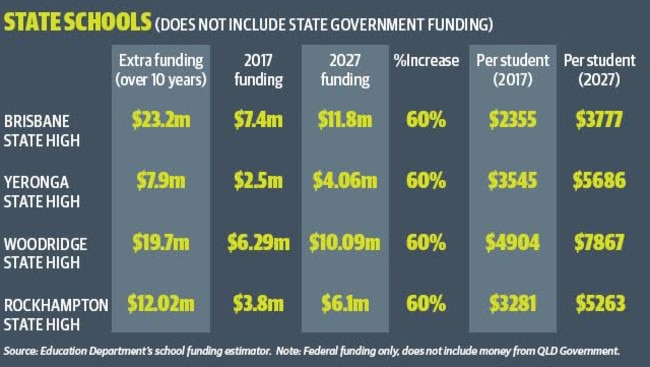
It is part of the $18.6 billion in additional school funding announced this month in the Federal Budget.
School fees charged by the private sector are not taken into account when determining the federal funding distribution which is based on the socio-economic status of each area.
Independent Schools Queensland executive director David Robertson said that the funding model applied equally to all schools, whether government or private.
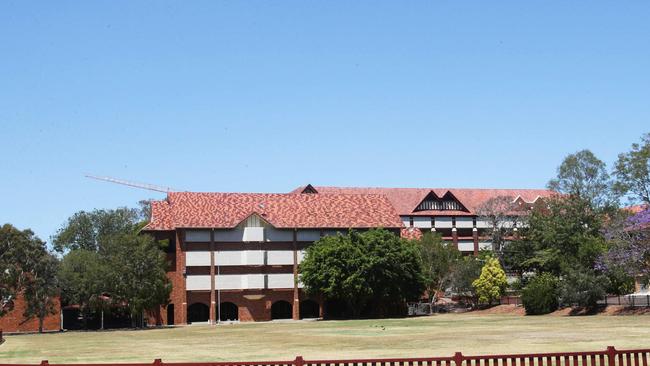
“In the case of high-SES (socio-economic status) Queensland independent schools, they receive the lowest levels of government funding of any schools in the state,” he said.
“Parents are the largest financial contributors to these schools, thereby saving governments and taxpayers millions of dollars each year.
“Using SES as a basis for establishing need has been a long-standing and accepted school funding methodology. It is difficult to understand why this principle is now being questioned.”
Queensland Catholic Education Commission executive director Dr Lee-Anne Perry said the rate at which Catholic school funding would grow was slower than under the original Gonski report recommendations.
“It is also at a slower growth rate than other sectors will receive under this package, even though we face the same growth in wages and operating costs,” she said.
Federal Education Minister Simon Birmingham has said the new needs-based funding model ends “sweetheart deals” and is nationally consistent.


